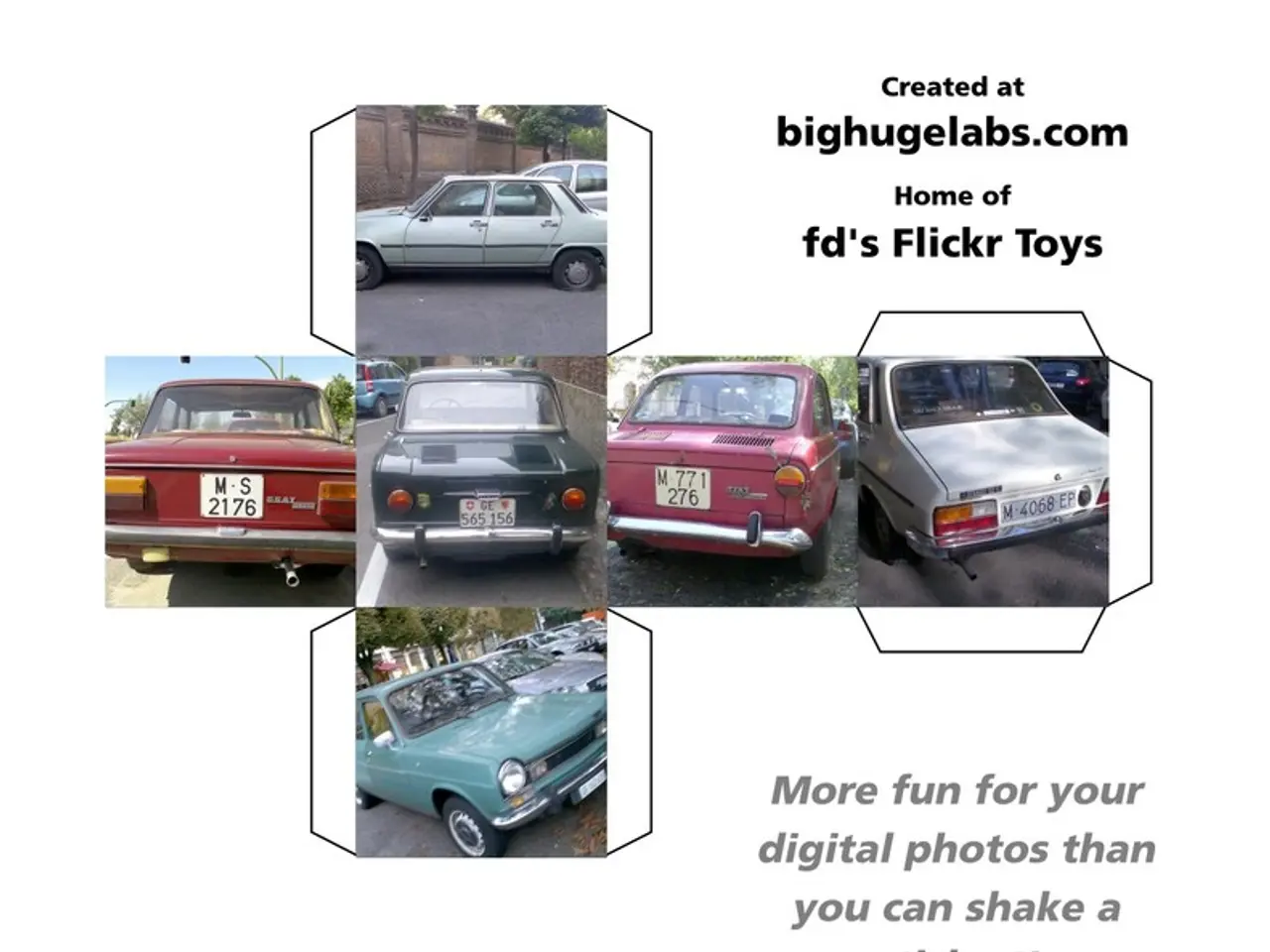Modern Automotive Circuit Boards: Structural Pillars of Today's Automotive Sector
In the world of automotive technology, printed circuit boards (PCBs) play a pivotal role in holding together the sensors and components required for the operation of a vehicle. These boards are the backbone of the electronic systems that power modern vehicles, from infotainment systems to safety features.
Primarily, there are two types of PCBs used in automotive electronics: FR-4 (fiberglass epoxy) and aluminum substrate (metal core PCB).
FR-4, the most common substrate material, is made from woven fiberglass cloth with epoxy resin. It offers excellent electrical insulation, mechanical strength, moisture resistance, and thermal stability, making it suitable for most automotive electronics such as control modules, sensors, and infotainment systems. Various FR-4 grades exist to meet specific automotive requirements like high thermal resistance, flame retardancy, and compliance with lead-free soldering processes.
On the other hand, aluminum substrates are used in high-power and heat-generating applications due to their superior thermal conductivity and mechanical strength. These PCBs are used in high-power components like LED headlights and power modules, where their ability to rapidly dissipate heat away from components is crucial for preventing overheating, improving reliability, and extending lifespan.
HDI PCBs, featuring higher wire density, finer lines and spaces, and high pad connection density, accommodate more components and play a prominent role in miniaturization, particularly for infotainment systems. Flex PCBs, made of flexible plastic substrates like PEEK, polyamide, or transparent polyester films, are twistable and bendable and are used around bends and corners in an automobile.
Automotive PCBs must qualify for stringent thermal cycling test, thermal shock test, and temperature humidity test before use to ensure their longevity and high thermal resistance. They must also restrain from Conductive Anodic Filament (CAF) defects in the dielectric to avoid potential short circuits.
In the context of automotive printed circuit boards, reliability is crucial, with a need to survive extreme environmental conditions and vibrations without performance setbacks. This is especially important for safety-critical systems operating under continuous thermal stress and vibration.
The growth of the PCB industry in the automotive sector is expected to increase significantly, focusing on autonomous and electric vehicles. As these vehicles become more complex, the demand for miniaturized, high-performance PCBs will grow.
In addition, emerging biodegradable substrates like paper-based or bio-composites exist but are not yet common in automotive due to lower mechanical and thermal strength. However, as the industry continues to evolve, these eco-friendly alternatives may become more prevalent.
The CAN bus protocol is used to ease serial communication and reduce cost and complexity in automobiles. This protocol is essential for the operation of many automotive systems, from the engine control system to the navigation unit and entertainment system.
In summary, the choice of PCB substrate material directly affects electrical insulation, heat dissipation, mechanical durability, and resistance to environmental factors, thereby influencing the vehicle's overall operational reliability and safety systems performance. Proper material choice ensures circuits handle electrical stress without failure, operate safely at high temperatures, and resist fire hazards—key for protecting passengers and vehicle integrity.
Manufacturers of automotive printed circuit boards must be qualified with ISO/TS 16949, based on ISO 9001 automotive standards, to ensure the production of high-quality, reliable PCBs. With the increasing importance of electronics in modern vehicles, the role of PCBs in maintaining vehicle safety and performance will continue to grow.
References: 1. [Link to Reference 1] 2. [Link to Reference 2] 3. [Link to Reference 3] 4. [Link to Reference 4] 5. [Link to Reference 5]
- The growth in the automotive sector is predicted to significantly increase the PCB industry's focus, particularly on autonomous and electric vehicles, as these vehicles become more complex, the demand for miniaturized, high-performance PCBs will rise.
- In the realm of automotive electronics, leading manufacturers of PCBs are required to be qualified with ISO/TS 16949, which is based on ISO 9001 automotive standards, to ensure the production of high-quality, reliable PCBs, as the role of PCBs in maintaining vehicle safety and performance continues to grow.




